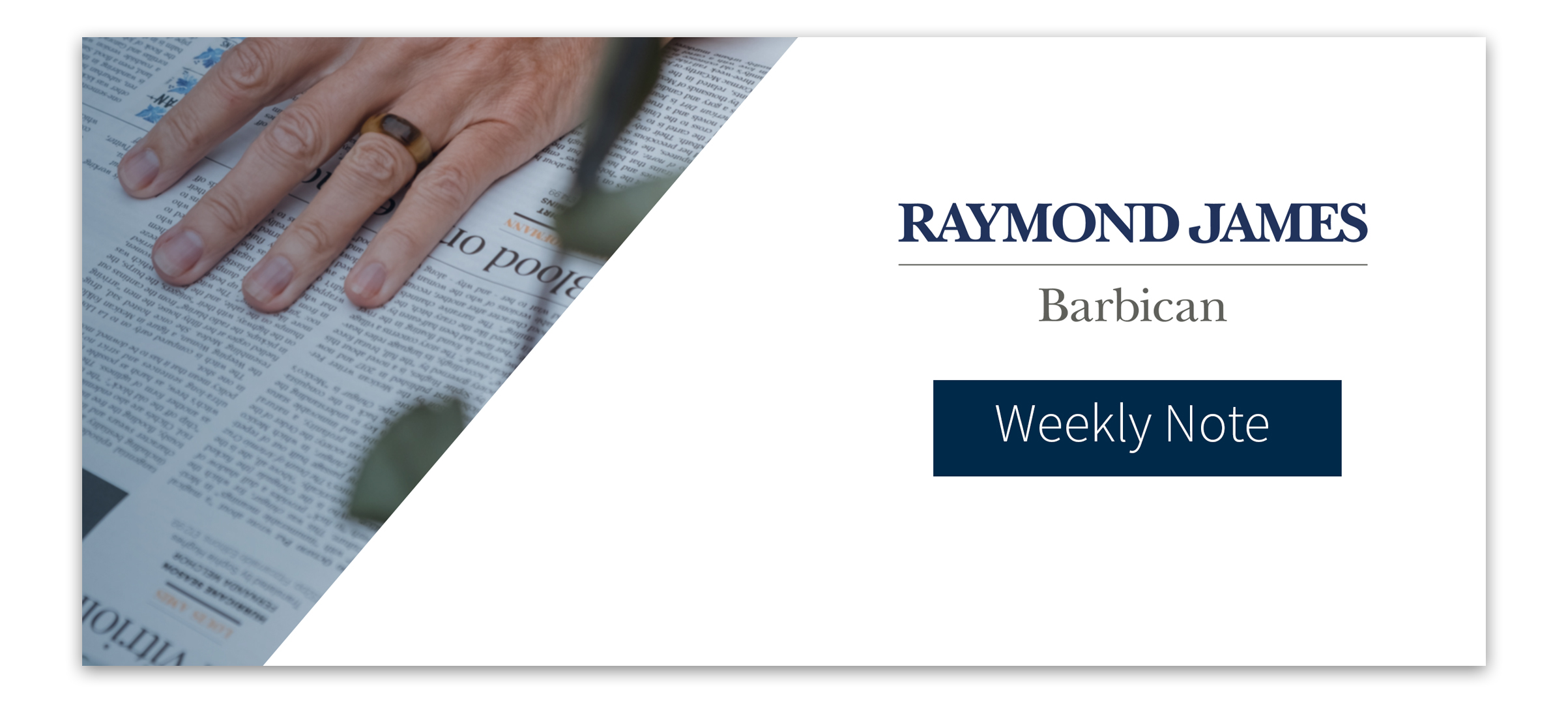This week we entered the month of March, named after the God of war, Mars. March was the time of year when soldiers recommenced any war that was interrupted by the winter. March also is the month of a few significant events, St Patricks Day, Ramadan and the change in Daylight saving time.
Continuing with our weekly review rather than a history lesson, UK home owners have had their own battles with house prices. It is important to remember that house prices soared during the pandemic, boosted by ultra-low interest rates, stamp duty tax incentives and greater demand for living space, but we are now seeing a reverse. Average house price growth turned negative over the month of February, with the 1.1% (year-on-year) drop being the first annual decline since the pandemic. In the current climate of high inflation and rising interest rates, home owners that have attempted to sell their property have on average had to shave approximately £14,000 off their asking price. The “cooling” effect on the housing market is likely to continue as potential home buyers will be facing higher mortgage rates as the Bank of England (BoE) are predicted to further raise the base rate by 25bps at the next meeting.
The housing market in the US has been estimated to fall by 4.5% over 2023, this is modestly lower than previously expected despite the prediction that interest rates will continue to rise. The fall is only marginal in comparison to the gains since 2020 – with house prices up a staggering 45%.
Tesla is seemingly in a world of trouble again after their strong start to the year. The share price took a plunge in 2022 due to a plethora of concerns: Mr Musk’s Twitter takeover, halts on production at China factories, and fears on the demand for electric vehicles (EV’s). However, after a tough 2022, performance has since soared as Tesla has delivered 75% year to date. Their highly anticipated investor day was on Wednesday as Mr Musk and other executives detailed plans to cut manufacturing costs and invest in a new plant in Mexico. The 7% fall in share price on Thursday was triggered by the lack of detail when the top executives were pushed on a timeline for on a new model, expected to be affordable and accessible for households.
European Central Bank (ECB) Chief Economist Phil Lane made major comments this week as he gave some insight into the thoughts of the key policymakers. He maintained that the ECB would not end rate hikes until they were confident inflation was heading towards the 2% target with rates raising by 300bps since July 2022. However, he believes that monetary policy is filtering its way through the economy, with lower oil and gas prices, the easing of bottlenecks and China’s reopening as factors that will help lower inflation. Markets are now expecting rates to continue to increase to 4% by the end of the year.
China’s reopening from their strict zero-Covid policy continues to be positive as manufacturing activity expanded on Wednesday at its fastest pace in over a decade. PMI (purchasing managers index), which is an index of the direction of economic growth in the manufacturing sector, shot up to 52.6 from 50.1 in January. The PMI impressively beat the forecast of 50.5 and is the greatest expansion since April 2012. The news positively impacted Asian equities, feeding into markets as the Nikkei 225 closed 1.56% up on the week and the Hang Sang closed up 0.68%.
The roundup of the weekly is always consistent even if this isn’t always the case with markets. We continue to blend asset classes in portfolios to diversify risk(s) and smooth the overall return profile.
Nathan Amaning, Investment Analyst
Risk warning: With investing, your capital is at risk. The value of investments and the income from them can go down as well as up and you may not recover the amount of your initial investment. Certain investments carry a higher degree of risk than others and are, therefore, unsuitable for some investors.

